Thorough Chimney Examination to Protect Your Investment
Regular chimney inspections are essential to ensure safe and efficient operation of fireplaces. Proper assessment helps identify potential issues before they develop into costly repairs or safety hazards.

Ensures the chimney cap is intact to prevent debris, animals, and water from entering.
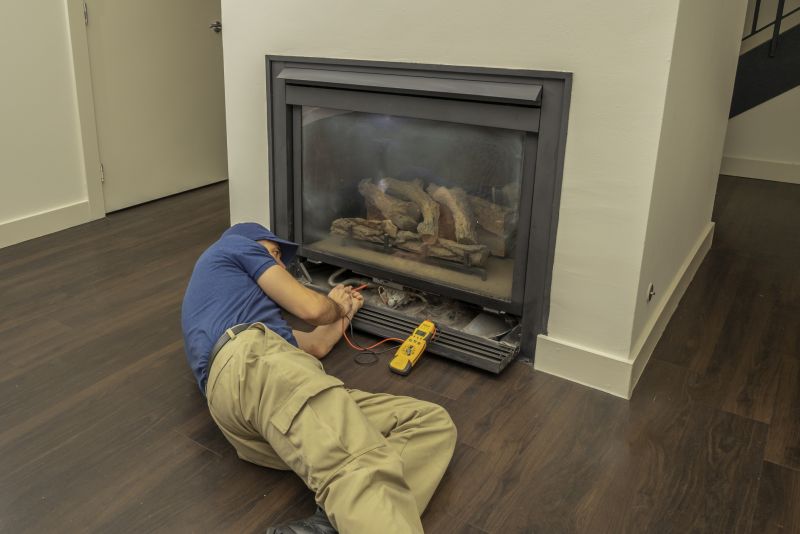
Checks for cracks or damage that could lead to heat transfer or fire hazards.
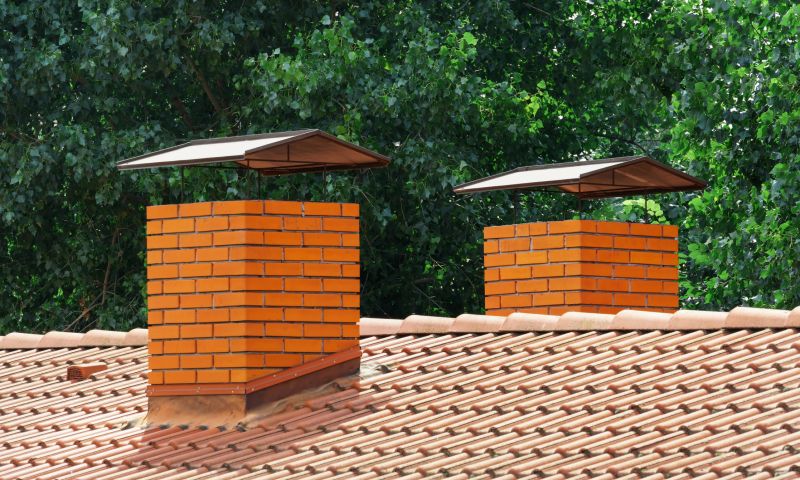
Verifies that the damper opens and closes properly to control airflow.
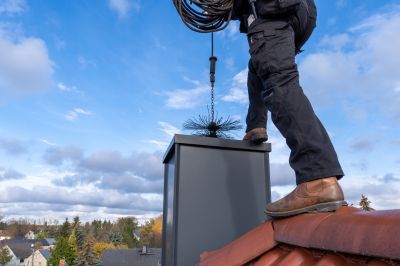
Assesses the condition of the flue for obstructions or creosote buildup.
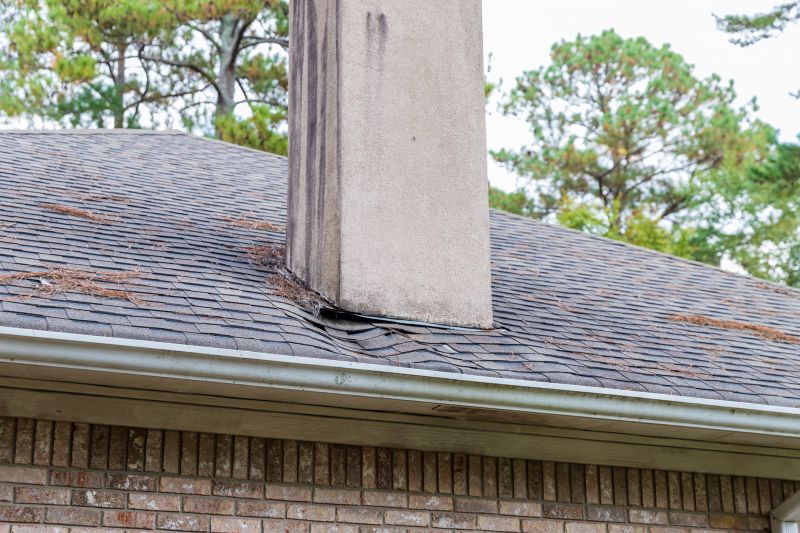
Examines the overall structure for signs of deterioration or damage.
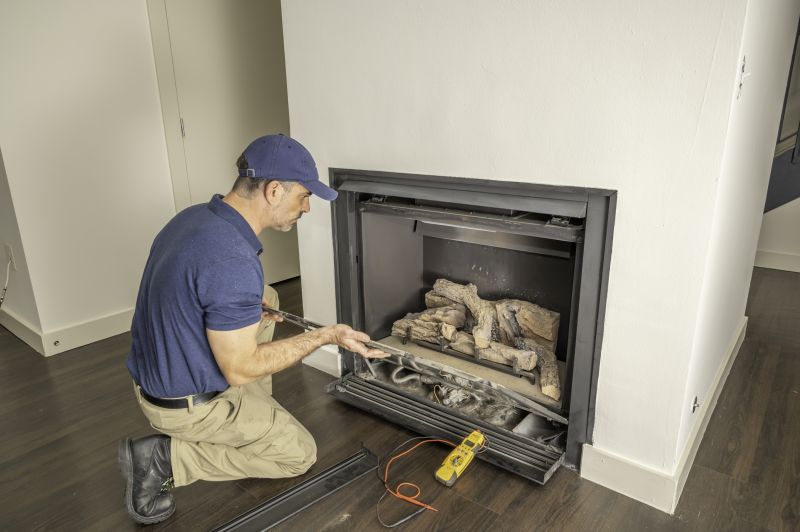
Ensures proper clearance and no blockages for safe smoke venting.
Chimney components such as the chimney cap, liner, damper, and smoke chamber play vital roles in the safe operation of a fireplace. A damaged or malfunctioning component can lead to smoke leakage, fire risks, or structural damage.
Protects the chimney opening from debris, animals, and water infiltration.
Contains and directs smoke and gases safely out of the home.
Ensures proper venting of smoke and combustion gases.
Neglecting regular inspections can result in dangerous creosote buildup, blockages, or structural damage. These issues increase the risk of chimney fires, carbon monoxide intrusion, and costly repairs.

A traditional wood-burning fireplace with a well-maintained chimney.
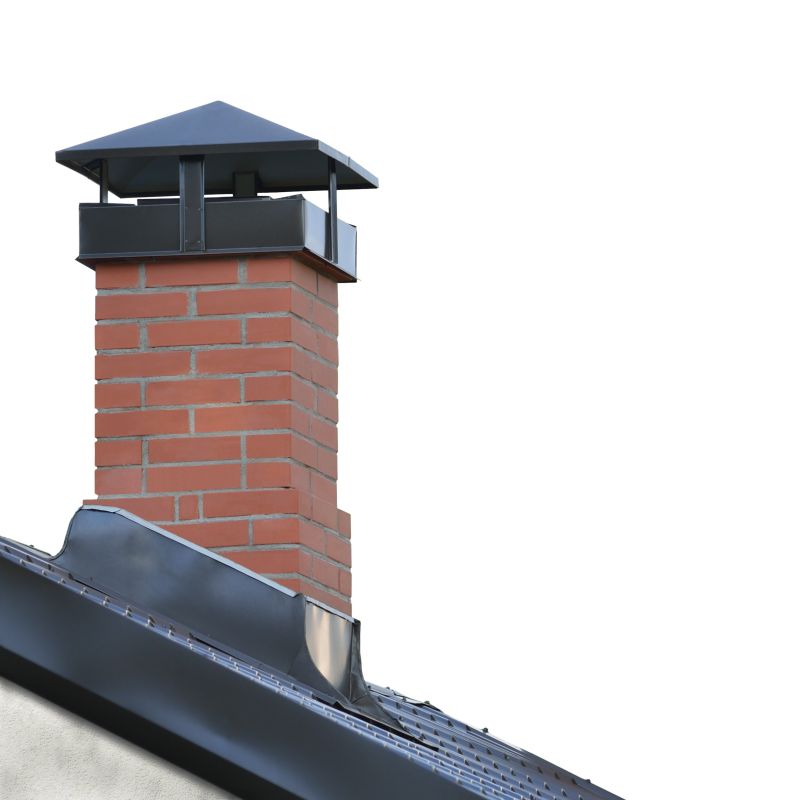
Close-up of a chimney cap installed on a brick chimney.
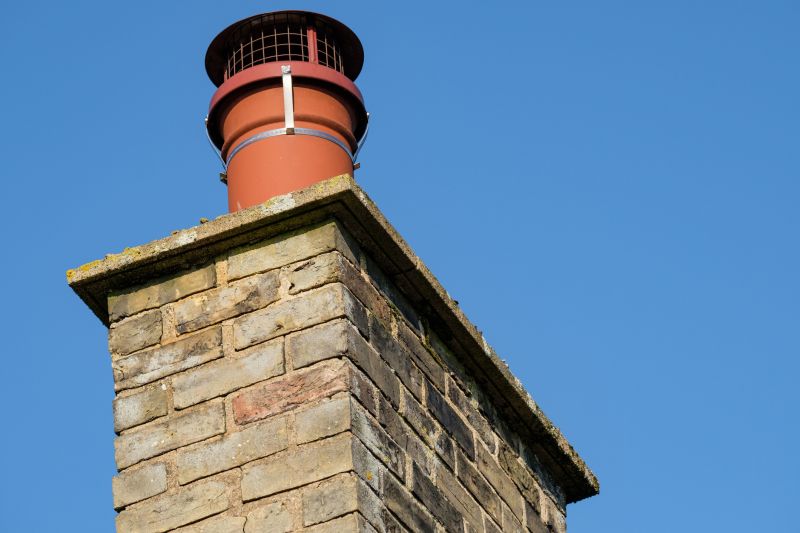
Interior view of a functioning damper within a chimney.
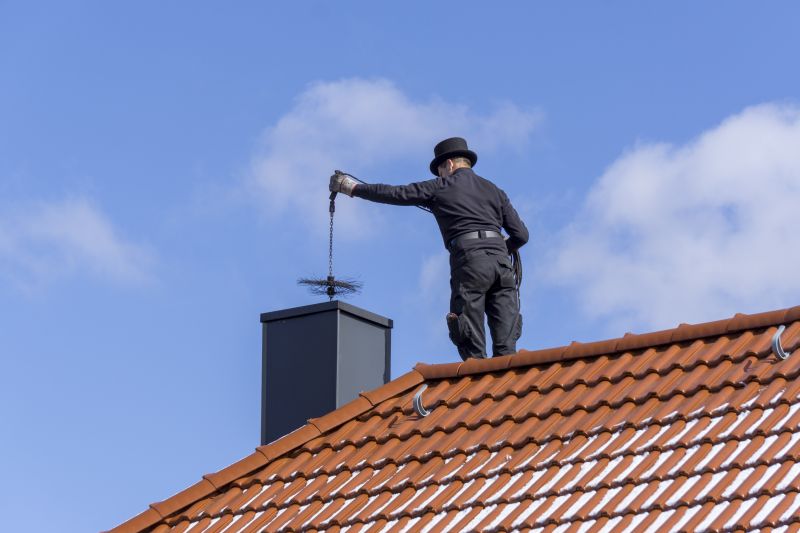
Technician inspecting the liner for damage or creosote buildup.
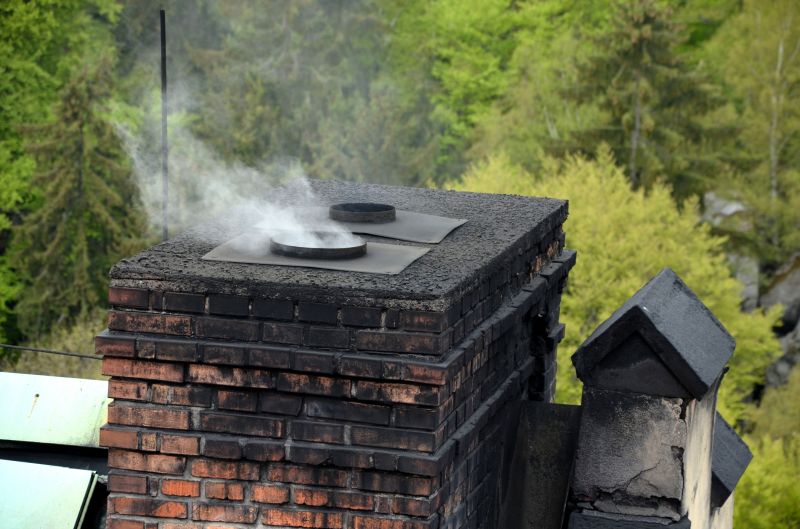
Examination of the smoke chamber for obstructions.
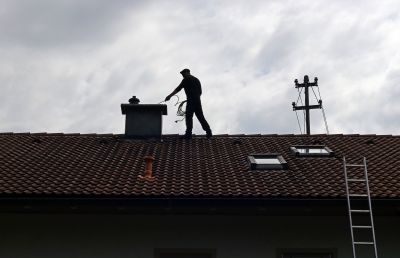
Assessment of the chimney’s structural components for safety.
Scheduling a professional chimney inspection helps maintain the safety and efficiency of a fireplace. Contact the service provider through the contact form to receive a quote for a comprehensive chimney inspection tailored to specific needs.



